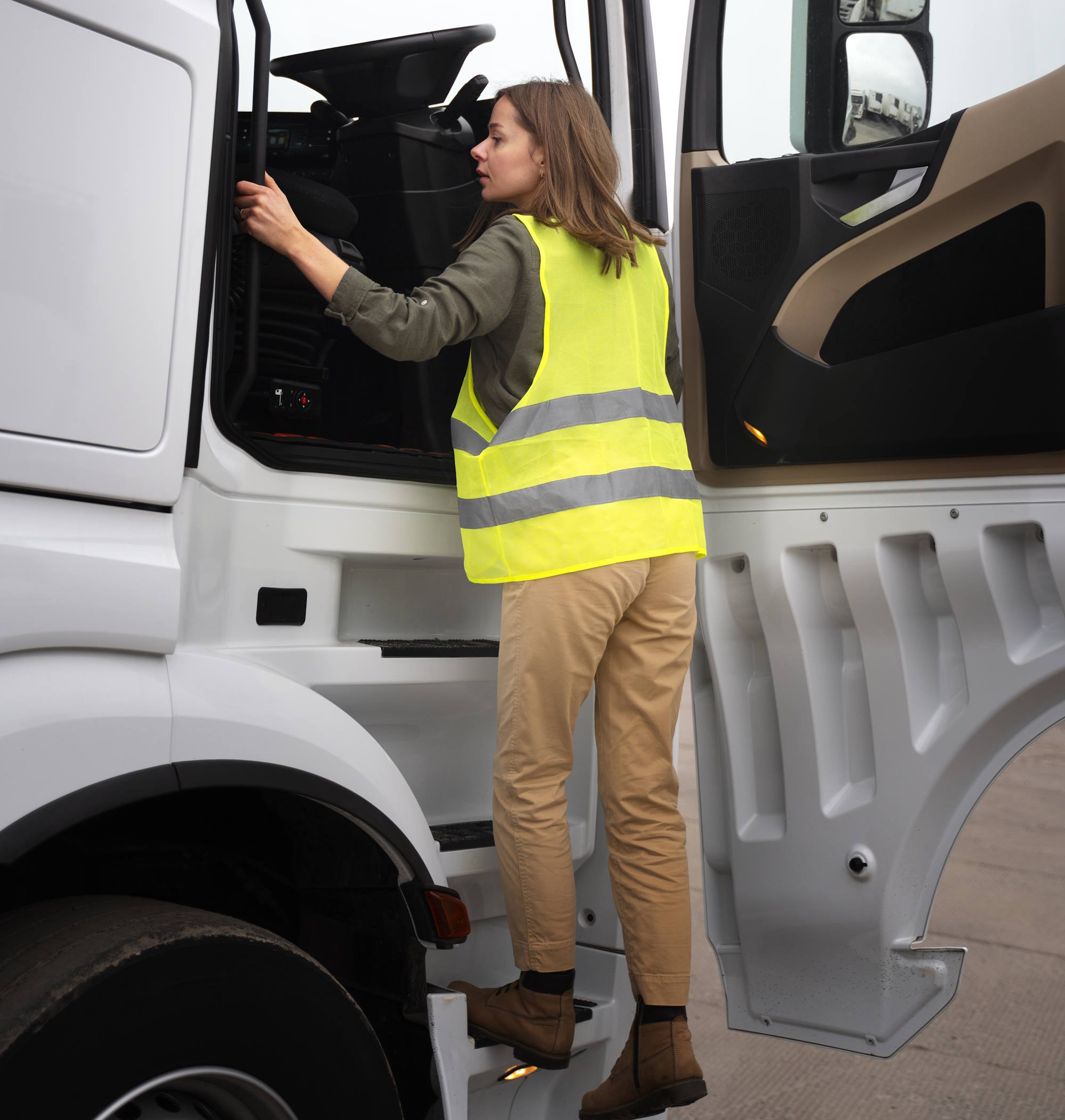The importance of manual handling safety is often discussed in the context of the farming, healthcare and construction sectors. However, it’s equally critical to address the risks faced by truck drivers and machine operators, such as forklift operators. These professions require not only technical skills but also a strong understanding of safe manual handling practices to prevent injuries and ensure overall well-being.
Understanding manual handling
Manual handling involves any activity requiring a person to lift, move, push, pull, carry, or hold an object. For drivers and machine operators, this could mean loading and unloading goods, securing cargo, or even routine maintenance tasks, such as bending down to check parts of the vehicle during a pre-start check. Improper handling techniques can lead to various injuries, predominantly affecting the musculoskeletal system.
The hazards of manual handling for truck drivers
Truck drivers in New Zealand face challenges that increase their risk of manual handling injuries. These challenges include:
- Loading and unloading cargo: This task can involve lifting heavy items, which can strain the back if not done correctly. The repetitive nature of these tasks exacerbates the risk.
- Securing and checking loads: Ensuring that cargo is securely fastened involves pulling and tightening straps or chains, undoing curtains on curtainsider trucks, and climbing on and off the truck deck, which can lead to various injuries if done improperly.
- Vehicle maintenance: Routine checks and repairs (such as the pre-start check), can involve awkward postures and lifting heavy parts, posing a risk to the back and shoulders.

Risks for forklift operators
Forklift operators are equally susceptible to manual handling injuries, primarily due to:
- Loading and unloading pallets: Similar to truck drivers, forklift operators handle heavy items. The use of forklifts does reduce some lifting, but manual adjustments and securing loads can still pose risks.
- Repetitive movements: Constant operation of levers and controls can lead to repetitive strain injuries, particularly in the hands, wrists, and arms.
- Awkward postures: Operating a forklift often requires leaning, twisting, and bending, which can strain the back and neck over time.
These risks are never covered in-depth in the forklift operator’s certificate course.
Preventing manual handling injuries
To mitigate these risks, it’s essential to follow best practices in manual handling. Here are some tips specifically tailored for truck drivers and forklift operators:
- Proper lifting techniques: Always lift with your legs, not your back. Keep the load close to your body and avoid twisting while lifting. If an object is too heavy, seek assistance or use mechanical aids.
- Use mechanical aids: Whenever possible, use equipment such as trolleys, hoists, or forklifts to move heavy items. This not only reduces physical strain but also increases efficiency.
- Regular breaks and job rotation: Taking regular breaks and rotating tasks can help prevent fatigue and reduce the risk of repetitive strain injuries. This is particularly important during long shifts.
- Ergonomic practices: Ensure your workstation is ergonomically designed. For example, adjust your seat and controls in the forklift to maintain a comfortable and natural posture. For truck drivers, ensure the cargo area is easily accessible and that loads are placed at waist height to minimise bending.
- Training and education: Continuous training on manual handling techniques is crucial. Employers should provide manual handling training to refresh and update employees on the safest ways to handle their tasks.
Legal obligations and safety standards
In New Zealand, the Health and Safety at Work Act 2015 (HSWA) mandates that employers provide a safe working environment. This includes ensuring that manual handling tasks are performed safely. Employers must:
- Provide and maintain safe plant and structures.
- Offer necessary training, instruction, and supervision.
- Ensure that workers have the necessary knowledge and skills to perform tasks safely.
Workers, on their part, must take reasonable care for their own safety and ensure that their actions do not harm others. This cooperative approach helps create a safer working environment for everyone involved.
Manual handling risks are an inherent part of driving trucks and operating forklifts. However, by adopting proper techniques, using mechanical aids, and adhering to safety regulations, these risks can be significantly reduced. It is essential for both employers and workers in New Zealand to remain vigilant and committed to safe manual handling practices to ensure a healthy, productive, and injury-free workplace.

